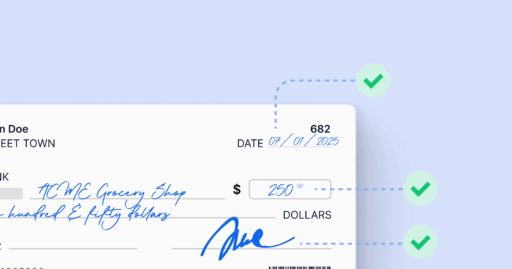End of Chevron Deference: What It Means for CRE

End of Chevron Deference: What It Means for CRE
Over the summer, the Supreme Court uprooted a precedent called the Chevron doctrine, changing how companies interact with federal agencies. Naturally, this has implications for the commercial real estate (CRE) industry.
Recently, I sat through a CRE Finance Council (CREFC) webinar on the impact that the end of Chevron deference will have on CRE finance regulation. Here’s what I learned.
Chevron deference: A one-minute history
Since a 1984 Supreme Court ruling in Chevron v. Natural Resources Defense Council, federal agencies have been seen as the de facto experts on how to interpret ambiguous language in relevant laws. But 40 years later in 2024, Loper Bright Enterprises v. Raimondo (that’s Gina Raimondo, U.S. Secretary of Commerce) reversed this precedent when the court made its own interpretation of ambiguous law.
Liz Rinehart, partner at Venable LLP, said about Chevron deference, “It developed over decades as part of a way to respond to the question of, ‘What do we do when Congress hasn’t really spoken to a specific question but has delegated some related authority to an agency?’”
Chief Justice John Roberts said that Chevron deference conflicts with another statute, the Administrative Procedure Act, which states a court “shall decide all relevant questions of law.”
Whereas Chevron deference has been beneficial for agencies to set and enforce rules, it may have also enabled agency overreach.
“That’s a frustrating state to be in, when you’ve got agencies that are acting more and more at the bounds of their statutory authority,” added Rinehart.
What it means for CRE
Mike McGinley, partner at Dechert LLP (and formerly of the White House Counsel’s office as well as clerk for Associate Justices of the Supreme Court Samuel Alito and Neil Gorsuch) thinks the end of Chevron deference could go two ways.
On one side, the Supreme Court’s decision may have taken power (and what Rinehart dubs “creativity”) away from agencies, instead giving decision-making power to the judiciary.
On the flip side, McGinley said, “It’s actually, in some ways, the court saying, ‘We’re going to force Congress to legislate in intelligible ways that don’t leave these gaping ambiguities that then have to be dealt with.”
In other words, actual legislation in CRE and beyond may become clearer. “The courts would be saying to Congress, ‘You need to do more than just give your lawmaking power over this broad swath of the economy to an agency. You can actually exercise legislative power and tell them what they’re supposed to do,’” added McGinley.
For her part, Rinehart agreed with this as well. She said, “I think the intent is to force Congress to act with more precision and with more thoughtfulness. Whether or not that’s going to be successful remains to be seen.”
For those wondering how Congress will legislate on things they’re not experts on, David McCarthy, Managing Director and Head of Legislative Affairs at CREFC, said, “Not to shock anybody, but Congress does that all the time.”
Touché.
How it could play out
McCarthy gave an example of the regulatory landscape in CRE — specifically bank capital regulations on construction loans — and how the end of Chevron deference could change things:
McCarthy said there was a scenario in which a regulation surrounding high volatility commercial real estate (HVCRE) loans was written so broadly that a lot of banks pulled back from the market, simply because complying with the regulation was either too expensive or unworkable. As a result, borrowers were seeing the impact of it.
In 2018, Congress passed S.2155 (the Economic Growth, Regulatory Relief, and Consumer Protection Act). “That did a whole lot of things, but one of them was basically rewriting the HVCRE regulations via statute,” said McCarthy. “It took the existing regulation, codified that into statute, and basically required the regulators to implement that.” That, McCarthy said, is one example of Congress getting in the weeds with more specificity. He added, “Members of Congress and their staff might have specific interests, but there’s certainly a lot of advocates around that help craft this so it doesn’t exist in a vacuum.”
A dose of realism
Scott Sinder, partner at Steptoe and outside general counsel for CREFC, has a more realistic outlook. “I don’t believe that Congress is equipped to be any more specific than they have been, just because it’s so hard for them to get anything done, particularly with these tight margins,” said Sinder. No matter the election outcome, he added, “We’re going to continue to see tight margins, which makes it hard to get things over the finish line.”
It remains unclear whether the end of Chevron deference will enable deregulation, but Rinehart said there’s one outlook she’s pretty sure will come to fruition. “I think we’re going to see a lot of informal guidance and less formal rulemaking,” said Rinehart. “Certain agencies, and I think the CFPB is a great example, are just going to up their informal guidance, which is very powerful. Many industries don’t want to be investigated, so they’re just going to weigh the pros and cons and probably make the decision to go ahead and act as that agency is advising them to act.”
In that sense, perhaps not much will change — but the power of agencies has certainly decreased nonetheless.






